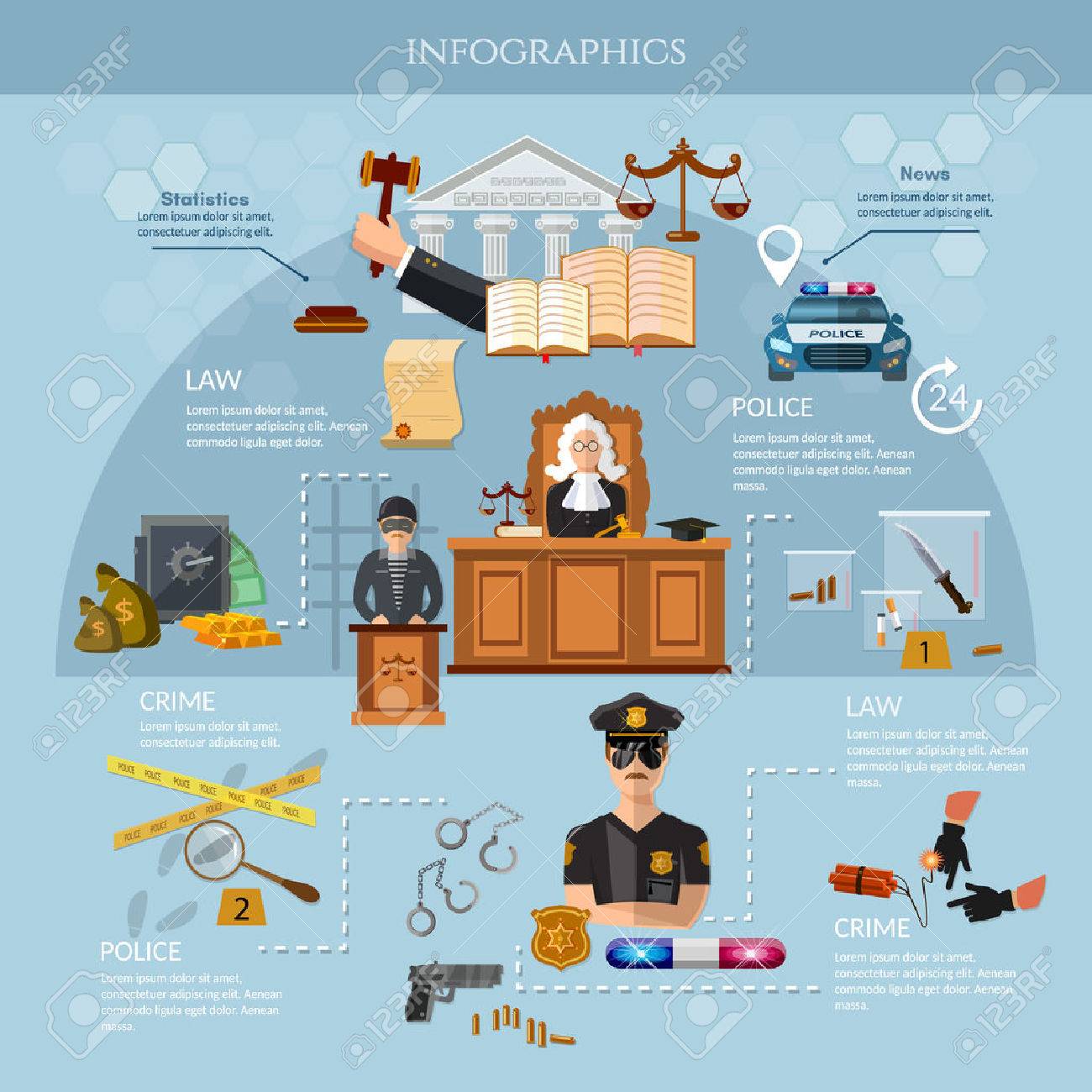Planning For The Process: The Timeline Related To A Typical Divorce Instance
Planning For The Process: The Timeline Related To A Typical Divorce Instance
Blog Article
Short Article Composed By-Campbell Pierce
As you embark on the trip of browsing a separation instance, you may find yourself wondering about the timeline that lies ahead. From the initial phases of submitting records to the intricacies of arrangement and the potential for a test, each action holds its very own collection of difficulties and uncertainties. Recognizing the sequence of events can help you plan for what's ahead and prepare for the weaves that might arise along the way.
Preliminary Declaring and Service of Files
When beginning the divorce procedure, the very first step is the first declaring of the needed papers with the court. This step officially starts the lawful procedure and sets the divorce case in motion. Father’s Rights Family Lawyer must send types that detail the grounds for separation, possessions, obligations, revenue, expenses, and any other pertinent info needed by the court.
After submitting these files, copies have to be served to your spouse, notifying them of the separation proceedings. This service can be done with a process-server, constable's workplace, or licensed mail, ensuring that your spouse is formally informed of the separation case versus them.
Once the records are filed and offered, the court will certainly provide an instance number and appoint a judge to manage the instance. It's important to properly finish and submit these files, as any kind of mistakes or noninclusions could postpone the separation procedure.
International Divorce Lawyer lays the foundation for the lawful dissolution of your marriage, noting the beginning of a possibly challenging however essential procedure.
Discovery and Negotiation Stage
During the Exploration and Settlement Phase of a separation instance, both celebrations participate in gathering details and trading appropriate papers to much better understand each other's monetary circumstances and various other pertinent details. This stage is essential as it sets the foundation for arrangements and prospective settlement arrangements. Via methods such as interrogatories, ask for production of files, and depositions, each event intends to discover realities, assets, financial debts, and various other essential details that may influence the situation's outcome.
Negotiations throughout this stage often entail discussions on different concerns like residential or commercial property division, youngster custodianship, visitation schedules, and financial support. Both events might work with their attorneys to check out negotiation options, potentially preventing the need for a trial.
Mediation or joint legislation processes may likewise be used to facilitate effective discussions and get to mutually appropriate arrangements. It's necessary to approach this phase with openness, sincerity, and a determination to jeopardize to attain a smoother resolution and lessen the psychological and monetary toll of a prolonged court battle.
Test and Last Resolution
Progressing from the Discovery and Settlement Phase, the Trial and Final Resolution stage marks the conclusion of your separation instance. This phase is where unsettled concerns are brought before a judge to make decisions on issues like asset division, kid guardianship, and support. The test generally includes offering evidence, witness statements, and lawful arguments to support your situation.
Throughout the trial, both events will certainly have the opportunity to present their settings and counterarguments. It's essential to be prepared, as the judge's choice will substantially influence the final end result of your separation.
Adhering to the trial, the court will provide a final judgment that details the terms of the separation, consisting of any kind of monetary negotiations and wardship arrangements.
As soon as the judgment is released, the divorce is wrapped up, and both celebrations are lawfully bound by its terms. While the trial phase can be demanding and emotional, it's an essential step towards reaching a final resolution and progressing with your life post-divorce.
Conclusion
Finally, browsing a divorce case involves a collection of actions from submitting preliminary documents to reaching a last resolution. Recognizing the timeline of occasions can assist you plan for what to expect throughout the process. By being proactive, looking for legal guidance, and remaining informed, you can browse the intricacies of separation process with self-confidence and clarity.
